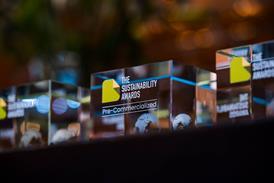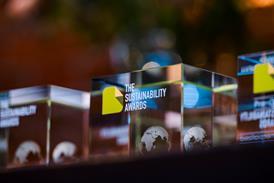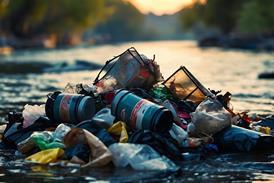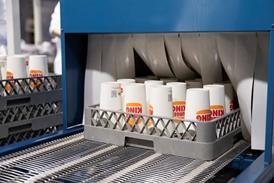Elopak targets reduced GHG emissions with new paperboard

Elopak has launched a new paperboard for fresh liquids in chilled distribution chains, said to have a carbon footprint reduction of up to 14% compared to cartons made with standard board.
ALREADY A REGISTERED USER? SIGN IN now
Subscribe (for free) to read this article
Become a subscriber to read this story, as well as other exclusive articles and interviews. The process is entirely free and takes no time at all.





